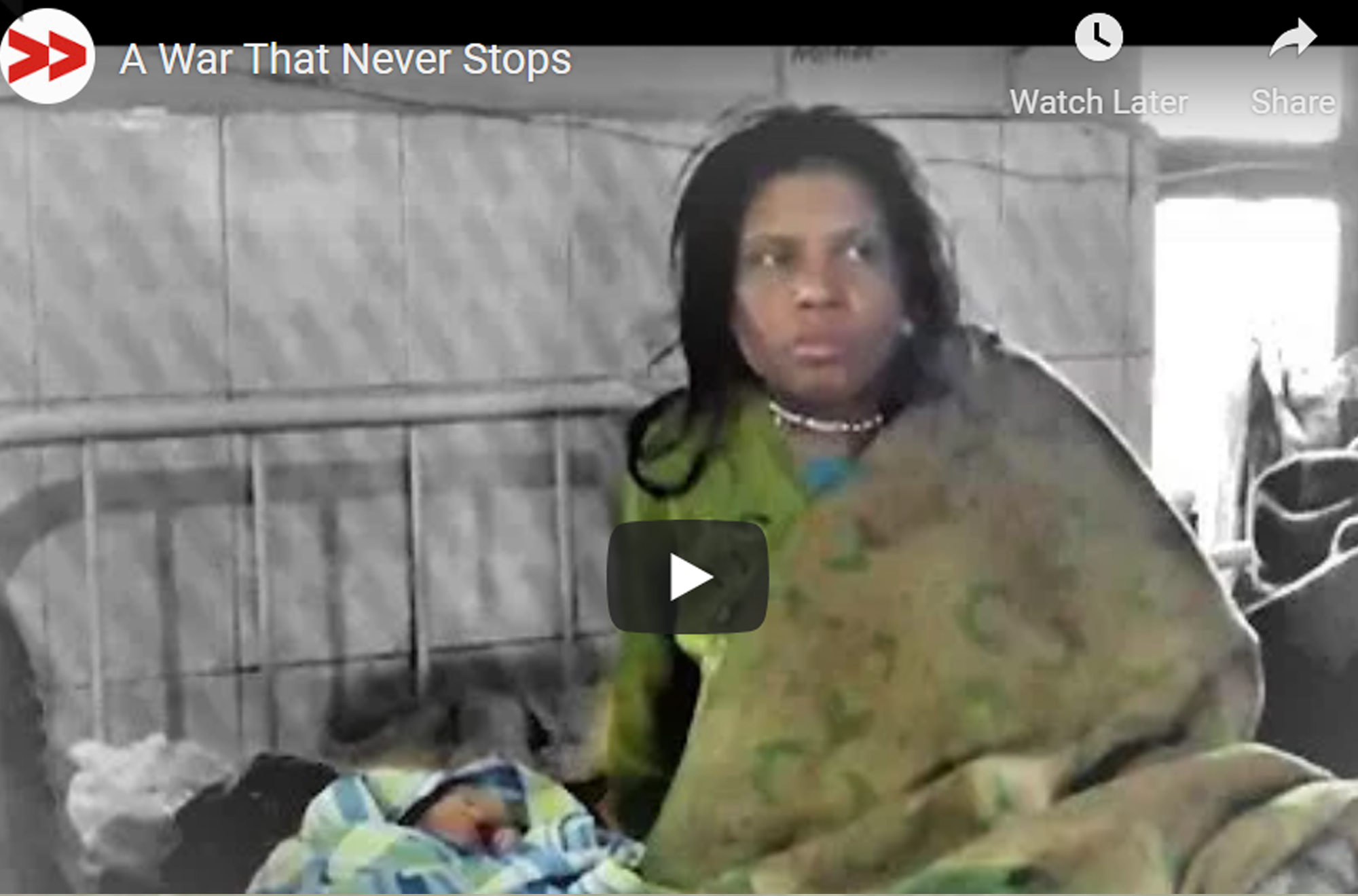
by Ishita Bagchi, Youth Ki Awaaz, 10 February 2022
VIDEO: A war that never stops
India has made significant progress in improving women’s and young people’s sexual and reproductive health. These advancements include the National Family Planning Programme’s expansion of the contraceptive method mix, efforts to strengthen the contraceptive supply chain, and the 2014 launch of the Rashtriya Kishor Swasthya Karyakram (National Adolescent Health Programme), which prioritises healthy development during adolescence.
Still, there are significant gaps. Many adolescents have limited agency to protect and foster their sexual and reproductive health due to a lack of accurate information, provider bias, and other barriers; and obtaining comprehensive abortion care can be especially difficult. In addition, adolescents who are marginalised because of their sexuality, gender expression, or marital status face additional challenges in getting information and services. Access to comprehensive sexual and reproductive health care for all adolescents must be addressed to exercise their bodily autonomy and live healthy lives. In India:
- 2 million adolescent women do not have access to modern contraception.
- only 52% of adolescent mothers have the recommended four antenatal care visits.
- 78% of teenage abortions are unsafe, posing a risk of complications.
- following an unsafe abortion, 190,000 adolescents do not receive necessary care.
The annual cost of providing contraception, maternal and newborn healthcare, and abortion-related care to all adolescent women in India who require these services, would be around Rs. 11.42 (US$0.16) per capita. This includes both direct care and indirect costs associated with programmes and systems.
According to a report in the Times of India, between ages 15 and 19, many Indian women become sexually active, marry and begin childbearing. Many adolescent women (3.4 million) want to avoid pregnancy.
Although most adolescent women give birth in a health facility (85%) and with a skilled birth attendant (86%), there are still many gaps, depending on women’s characteristics. 48% of those who experience major medical complications during pregnancy or delivery do not receive the necessary treatment. Only 52% of adolescent mothers who give birth receive the recommended four antenatal care visits. This proportion is much lower among those who have had no education (30%) than among those with more than a secondary education (56%), and lower among rural adolescent women (48%) than those in urban areas (64%). In addition, the proportion of adolescent mothers giving birth in a health facility is lower for women from the poorest households (72%) than for those from the wealthiest (96%).
Targeted investment in adolescents’ sexual and reproductive health in India is critical for reducing unintended pregnancies, unsafe abortions, unplanned births and maternal deaths, and ensuring young people’s bodily autonomy and well-being. However, a rights-based policy framework is also required to prevent reproductive coercion and ensure equity in access to services.
The video above, on the Youth Ki Awaaz website, shows the plight of many young women and children living in poverty who suffer and die during and after pregnancy and childbirth. It calls on the government to fill all the vacant positions for midwives and doctors across the country.



